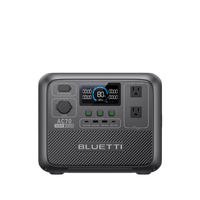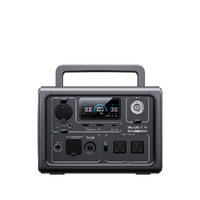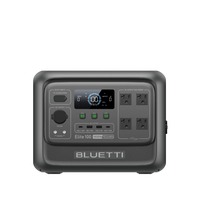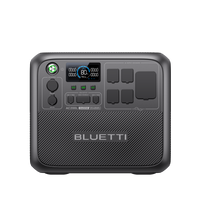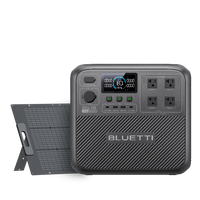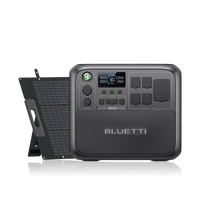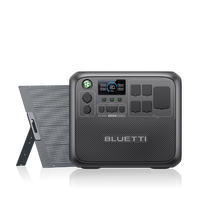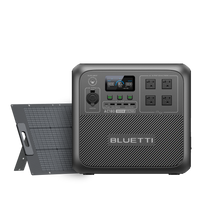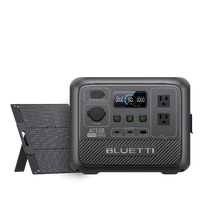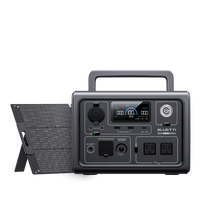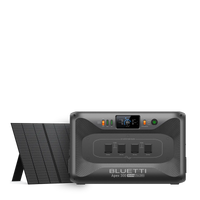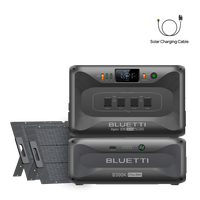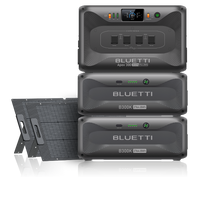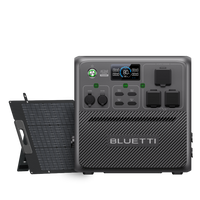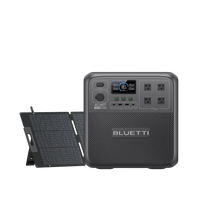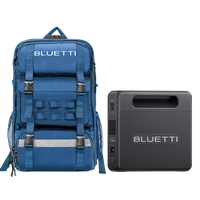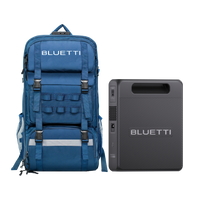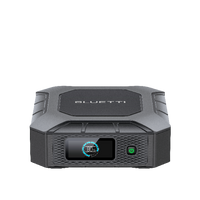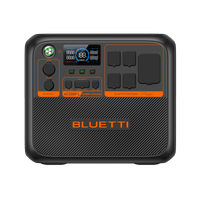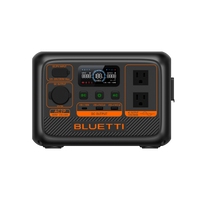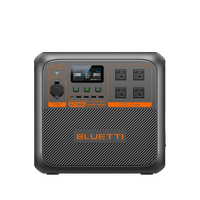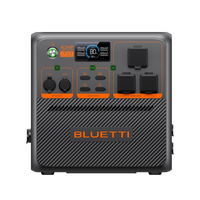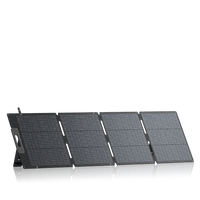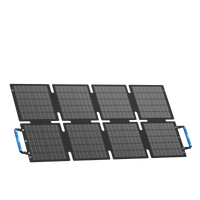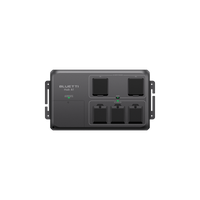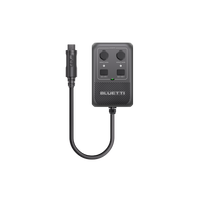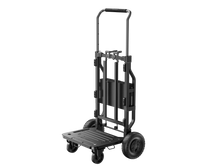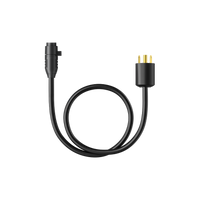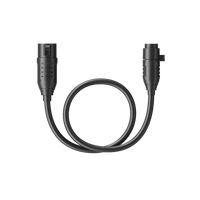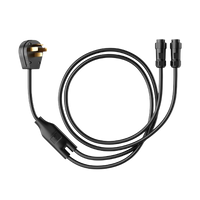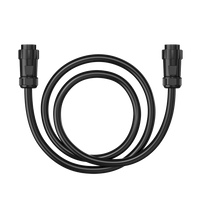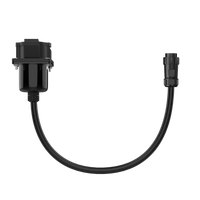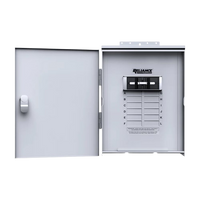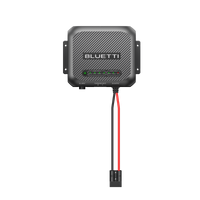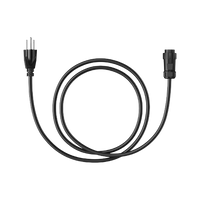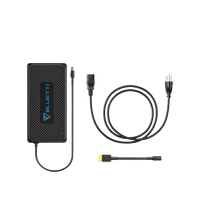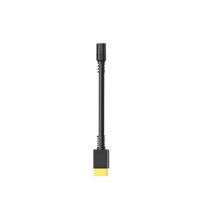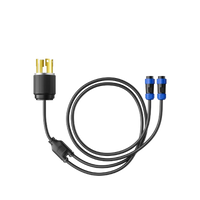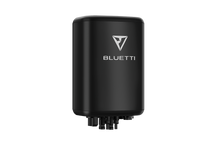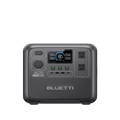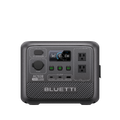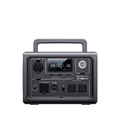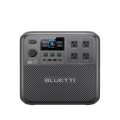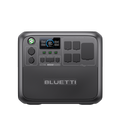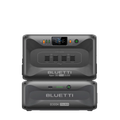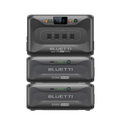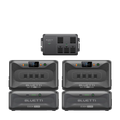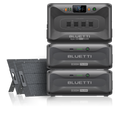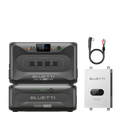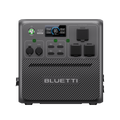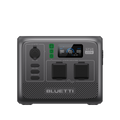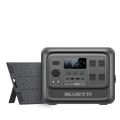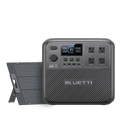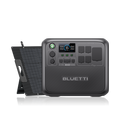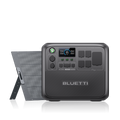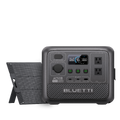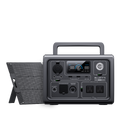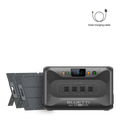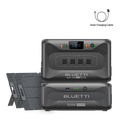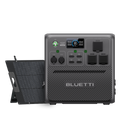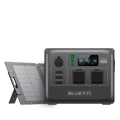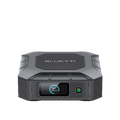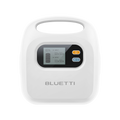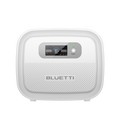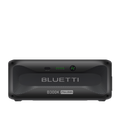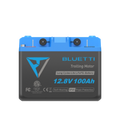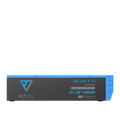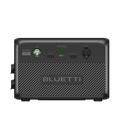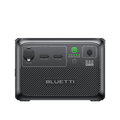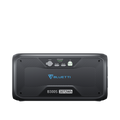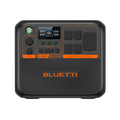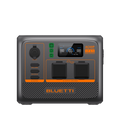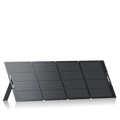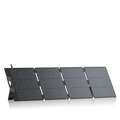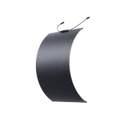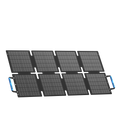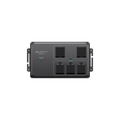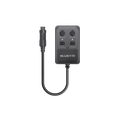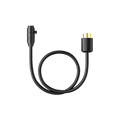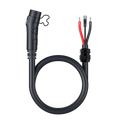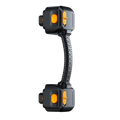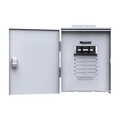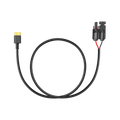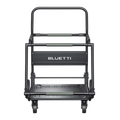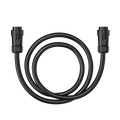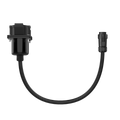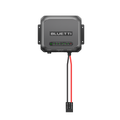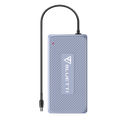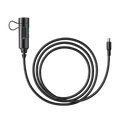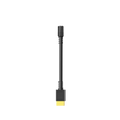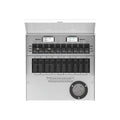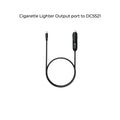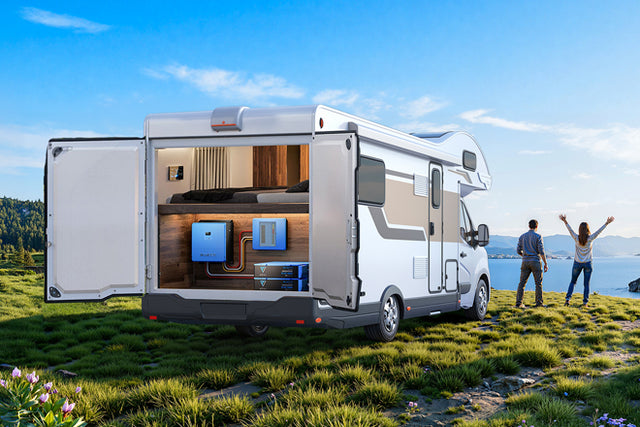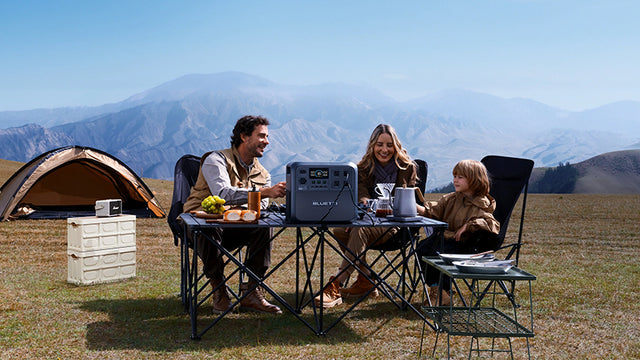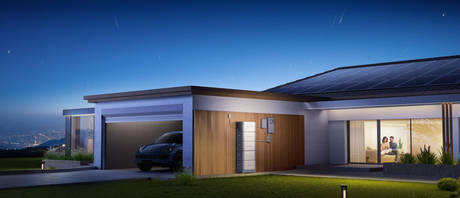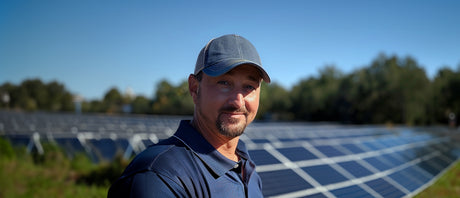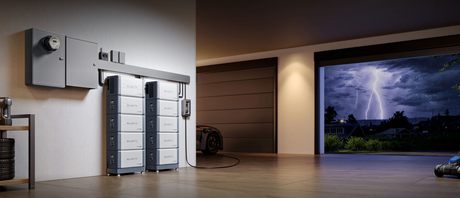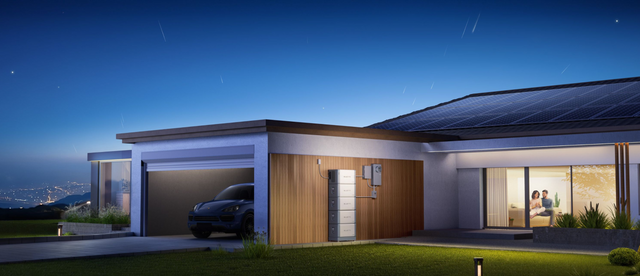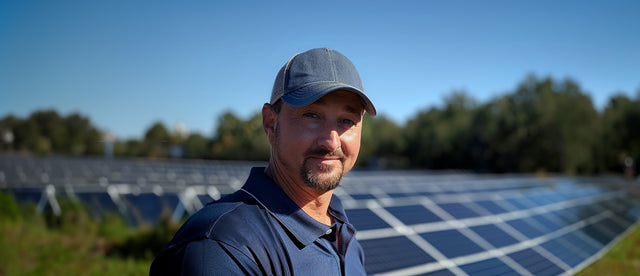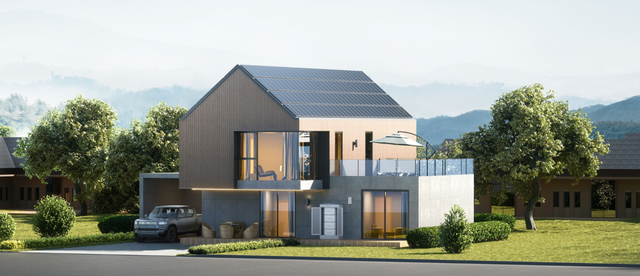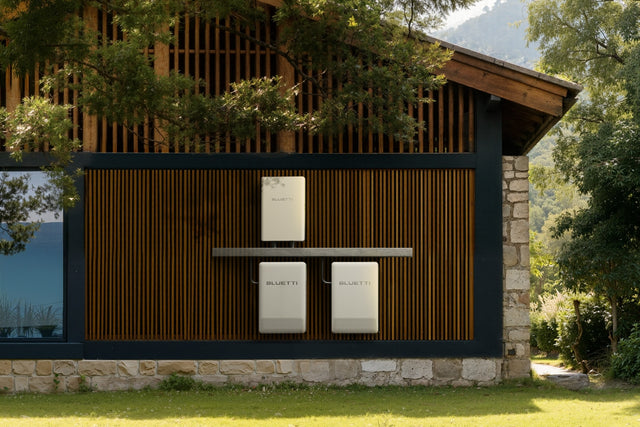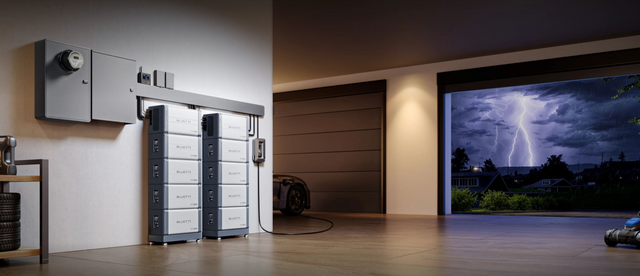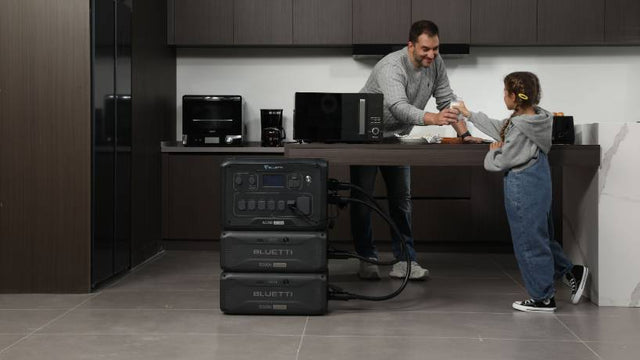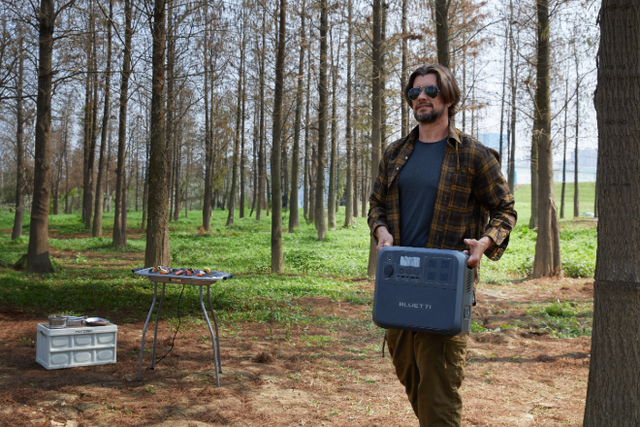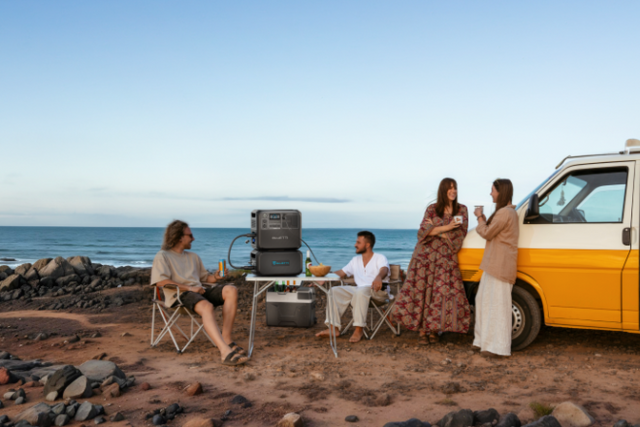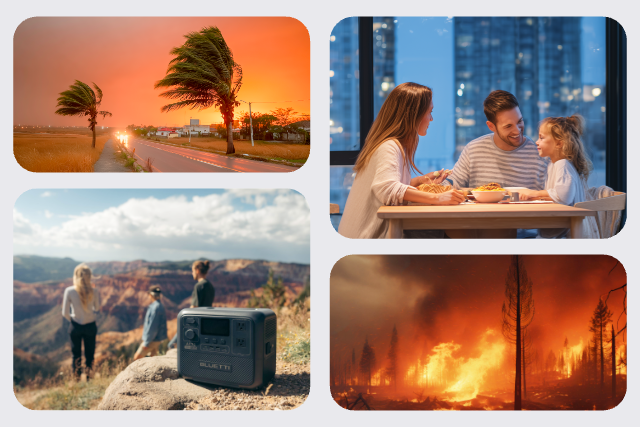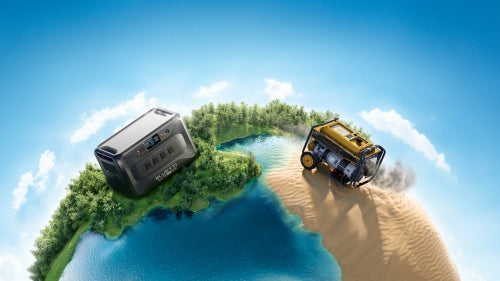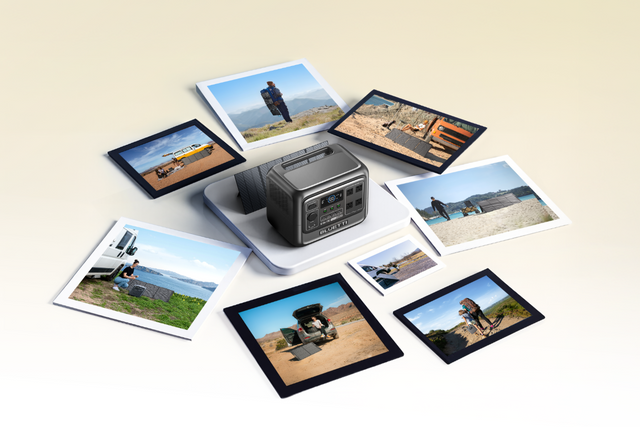Your cart is empty
Shop our productsCalifornia's culture, deeply tied to its sunny climate, has faced a concerning rise in temperatures in recent years. The heat is more intense, lasts longer, and impacts communities more severely. This reality stems from a complex convergence of geographic conditions, atmospheric patterns, and human-caused environmental changes. It causes health risks, strains public infrastructure, and harms the environment. This guide is a gateway into understanding the intensifying challenge, coupled with a lucid, actionable plan to stay safe and prepared while the state's climate courses further into a new evolution.

Why is It So Hot?
It is a matter of various interrelated factors all contributing to the severe heat waves faced by California. Its naturally warm climate is exacerbated by other factors. Studying the underlying causes is the first step toward preparation and resilience.
Natural and Geographic Factors
- Strong Sun Intensity: California's mid-latitude position and clear summer skies intensify sunlight, causing rapid heating.
- Dry Climates and Slow Cooling: The desert and Mediterranean climate types that prevail in most parts of California result in extended dry summer periods, together with nighttime cooling that occurs at a slower pace, which lengthens warm temperature periods.
- Terrain and Wind Patterns: California's huge mountain ranges act as natural inhibitors, preventing the internal circulation of cooler coastal air. High-pressure systems and occasional dry winds create temperature spikes in summer.
The Effect of Urban Heat Islands
- Causes: Urban Heat Island. The effect happens because metropolitan centers produce substantially elevated temperatures compared to distant countryside areas. Dark, heat-absorbing surfaces like asphalt and roofing, combined with limited vegetation and heat from engines and generators, create urban heat islands.
- Health Risks: Urban heat islands present health risks through direct exposure and the factors tied to air quality, primarily the formation of ozone connected to high temperatures. Both of these worsen heart and lung conditions, increasing risks for asthma and heart disease.
The Climate Change Link
A Traumatic Cycle: The rise in global temperatures triggers increased occurrences of intense weather events such as soaring heat waves, droughts, and forest fires. The interaction between these elements creates a feedback loop that intensifies temperature increases while simultaneously worsening drought conditions and forest fires, thus creating additional flooding risks during heavy rainstorms.
Preparing for a Heat Wave
Heat waves could be a little complicated to handle properly since they usually require some prior preparation. Nevertheless, there are still means to keep cool and be safe when the mercury rises, mostly through the control of your home and day-to-day activities.
- Early Ventilation Tip: Open windows and doors before 9 a.m. for 1-2 hours to let in cool air, then close them to keep heat out.
- Stop the heat from the sun: To stop the sunlight that is coming into the house and heating it, you can use closed reflective blinds or heavy curtains. In addition, to give the windows extra protection, you can cover them with shade cloth.
- Change Your Routine: Schedule outdoor chores, doctor visits, or errands for cooler times, like early morning or evening. This would help conserve the time consumed during the hottest period of the day and conserve energy.
During heat waves, even seaside towns prioritize staying cool.

How to Keep Yourself Cool in Hot Weather
As you experience the beginning of a heat wave, we will attempt to have things that you can do both indoors and outdoors to keep your body cool. The point here is to remain cool and avoid direct sun radiation.
- Stay in the shade as much as possible when outdoors: Wear hats and sunglasses, and use an umbrella to shade from the sun as well. Work outdoors in the early mornings and in the late evenings when the weather is not hot.
- Cool water helps: take a shower or bath, or apply a damp cloth to your head, neck, underarms, or groin.
- Wear loose, lightweight clothing: it will make you stay cool, particularly when you apply a spray of mist or a damp cloth. However, when the temperature is above 90°F, fans may not cool you effectively; seek air-conditioned spaces.
- Breathable bedding: Use breathable cotton bedding to stay cool and wick away sweat.
A Selection from the Recommendations for the Vulnerable Groups:
- Elderly: Those above 65 years of age constitute a group at increased risk for heat-related illnesses. The elderly should stay indoors during the midday hours and avoid any activities that can predispose them to heat illnesses.
- Children: Youngsters are another vulnerable group. Parents should opt for loose, lightweight clothing for their children and keep them out of the outdoors during peak heat hours.
- Expectant mothers: Medical appointments, together with essential tasks, need to be planned for times when temperatures are cooler. Cold compresses or cooling wipes should be used for their skin.
In addition to being comfortable, one should be able to identify the symptoms of heat sickness and be knowledgeable about what to do.

Hydration and Nutrition Strategy of Extreme Heat
Proper hydration is essential for the body to remain cool upon sweating. Along with water, what we consume and when we consume it make a huge difference to our bodies in managing extreme heat.
- Steady Sips of Cool Water: One of the simplest but most effective basic rules of hydration is drinking fluids freely, preferably water, even before the sensation of thirst. Drinking little and often throughout the day works much better than drinking much at once. A very simple and quick method to ascertain the level of hydration of an individual is through checking urine color. Pale and straw-yellow colors indicate good hydration.
- Foods with Lots of Water: Roughly 20% of water intake is accounted for by food. Hydrating the body by eating water-rich fruits and veggies is also a healthy way to do it. High-water-content foods like cucumbers, watermelon, celery, tomatoes, and leafy greens (over 90% water) help with hydration.
- Limiting Caffeine and Alcohol: Anything from coffee, tea, sugary sodas, and alcohol counters hydration on account of the diuretic effect they have. Diuretics are responsible for losing water and sodium at a faster rate through frequent urination, which may lead to dehydration.
- Electrolyte Replacement: Heavy sweating is the cause of the loss of electrolytes and salt in the body. Replenishing these is very necessary. Although sports drinks can serve as an aid, nature's alternative would be to consume foods like bananas or leafy greens.
Recognize signs of heat exhaustion or heat stroke to respond quickly.

Handling Power Outages and Emergencies
Sudden power outages during a heat wave may put life at risk because they create barriers for necessary cooling and refrigeration operations. One must be ready for such an occurrence. Prepare what needs to be done in case there is no electricity; keep cool; identify and address heat hardening, heat exhaustion, heat strokes, and other related medical emergencies; and also check for common emergencies caused by heat to pets.
- Portable Power for Fans and Lights: Portable power systems are a must-have for home resiliency against blackouts. The BLUETTI Elite 100 V2 Portable Power Station, with an energy storage capacity of 1,024 Wh and an output rating of 1,800 W, can be relied upon to keep essential devices such as fans and lighting going. If, of course, bigger capacity whole-home backups are sought, consider the BLUETTI Apex 300 Home Battery Backup, which has a capacity of 2,764.8 Wh and an output rating of 3,840 W, enough to power far more important appliances.
- Stay in Cool Rooms: In houses where heat rises, stay in the coolest parts of the house—one is the first floor and the other is the basement—as heat rises. Hang wet towels in front of open windows to cool incoming air via evaporation, if air quality permits.
- Recognizing Heatstroke Signs: Look for confusion, slurred speech, or unconsciousness with a body temperature above 104°F.
- Immediate Actions: An emergency ambulance should be called if heatstroke is suspected. Affected persons should be taken to a comfortable, shady area and cool their bodies with cold water until emergency help arrives.
- Pet Tips for Emergencies: Protect pets by granting access to water and shade, maintaining a distance from hot surfaces while walking, and never locking a dog in the car. Some signs to watch for include excessive panting or stumbling.
A clear plan for power loss and good knowledge of heat emergencies can take one's safety and well-being up a few notches.
Recommended Products
If you have ever visited a wilderness area, you know just how uncomfortable it can be to not have a reliable source of power. Differentiating portable power stations from the products showcased below, I can say that they serve the purpose of charging one or more personal devices, while the two devices below can power entire homes.

BLUETTI ELITE 100 V2 Portable Power Station
This is a portable powerhouse that is useful in times of power interruptions when it is necessary to run some essential cooling equipment. It provides 1,800 watts of constant power and a 1,024Wh capacity that is sufficient to power fans and other small appliances whenever you need it the most. Its rapid charge technology enables it to reach 80% charge in 45 minutes, and 1,000W of solar input enables it to be charged sustainably using off-grid power. The unit has a whisper-quiet 30 decibel operation and thus will not disturb you whenever you are using it during the night.
The main characteristics of surviving a heat wave:
- Fast UPS Backup: 10-millisecond UPS option. This option is a 10-millisecond UPS backup that switches to battery power as soon as the device that uses critical power (such as medical equipment) needs power.
- Multi-purpose Performance: It has 11 output ports, which allow it to operate approximately 90 percent of the common household appliances.
- Long-Life Battery: The high-quality LiFePO₄ battery has a 10-year lifetime and can be used to perform more than 4000 charge cycles.

BLUETTI Apex 300 Home Backup Power
The Apex 300 will provide a solid solution to those who want to have full home cooling even when there is a prolonged power outage. It has 3,840 watts of output and a capacity of 2,764.8Wh, which is sufficient to operate bigger systems such as home air conditioners and refrigerators. This system can be expanded, and then you can have an extra battery to give days of power during emergencies, which are long-lasting. Its two voltages (120 V and 240 V) allow it to be used with high-power appliances and regular devices at the same time.
It must have the following capabilities to survive heat waves:
- Seamless Backup: 0 millisecond seamless backup transition: This means that your cooling systems and other electronics will not stop when the grid goes dead.
- Cost Savings: A smart peak-load shifting can also be utilized in order to save on electric bills by spending the stored energy during the peak time periods that are costly.
- Solar Ready: The machine can be fully connected with solar panels, which offers an environmentally friendly and long-term supply of off-grid cooling power.
Conclusion
A little luck cannot carry Californians through ever-more scorching summers; it is something that needs wisdom and application. Thus, a comprehensive playbook was put forth by this guide, beginning with an exploration of the global and local elements that have been putting stress on our climate. It proceeded by offering models to prepare a house as well as one's body, taking advantage of an interplay between smart ventilation, strategic shade, and careful hydration. Finally, it discussed a power outage emergency plan and highlighted the crucial emergency guidelines for helping the most vulnerable, including our pets.
In following these steps, one prepares for a summer that is safe and somewhat fun. Preparation is not a chore; it is an expression of self-care, care for one's family, and care for the community. With a defined strategy and suitable equipment, a person can confidently look forward to the challenges of California's new climate reality—a cool, calm, and resilient summer.
Shop products from this article
Be the First to Know
You May Also Like
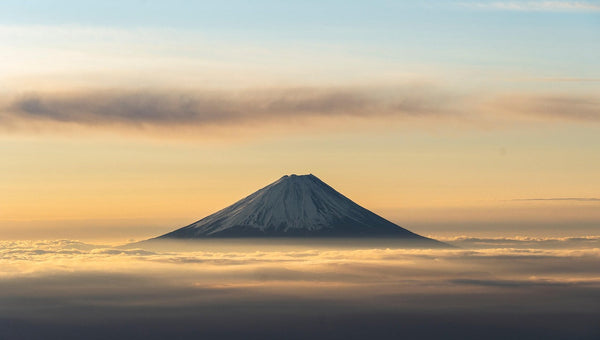
Ring of Fire: What Happens If the Volcanoes Erupt All at Once?
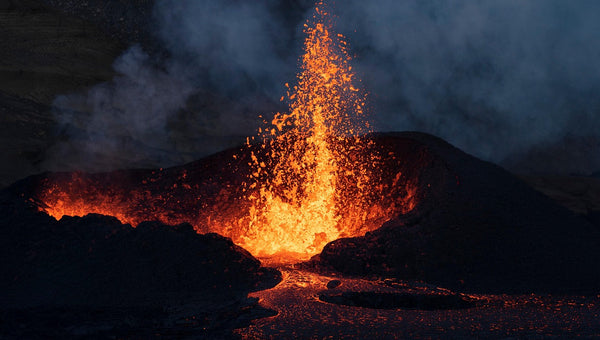
Axial Seamount Eruption 2025: What Really Happens If This Volcano Blows




